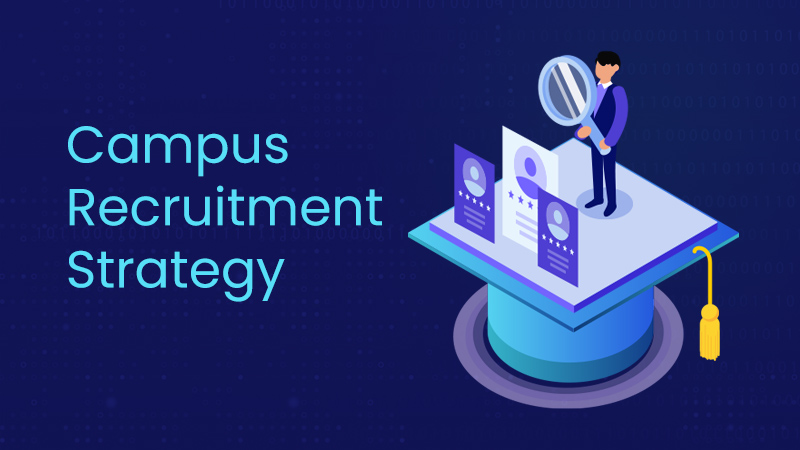Talent onboarding is an essential process for any organization that aims to bring in new employees and integrate them into the company culture, goals, and values. With the rapid pace of technological advancements, the traditional methods of onboarding have undergone a significant transformation, and the latest trends in talent onboarding have emerged to keep up with the changing times. So in this blog post, we’ll take a look at some of the latest trends used in talent onboarding and why they matter.
Virtual Onboarding
With the COVID-19 pandemic and the shift towards remote work, virtual onboarding has become the norm for many organizations. Virtual onboarding refers to the use of digital tools and technology to facilitate the onboarding process for remote employees. This trend has become increasingly popular, with many organizations recognizing the benefits of virtual onboarding, including cost-effectiveness, flexibility, and convenience.
Virtual onboarding typically involves a combination of video conferencing, online training, and digital forms to provide new hires with all the information they need to get started in their new roles. This process also helps employees to connect with their new colleagues, despite not being physically present in the same location.
Personalized Onboarding
Personalized onboarding is another trend that has emerged in recent years. This approach to onboarding involves tailoring the process to meet the unique needs and preferences of each new hire. This could include customized training programs, individualized feedback, and one-on-one sessions with mentors or managers.
Personalized onboarding has several benefits, including improved employee engagement and satisfaction, reduced turnover rates, and increased productivity. By tailoring the onboarding process to the individual, new hires are able to integrate into the company culture and feel more confident in their new roles.
Gamification
Gamification is a trend that has been gaining popularity in recent years. This approach involves incorporating elements of gaming into the onboarding process, such as quizzes, challenges, and interactive activities. This makes the process more engaging and fun.
Further, gamification is a useful tool for companies that want to make their onboarding process more memorable and enjoyable for new hires. By providing a fun and interactive experience, companies can improve employee engagement and help new hires to better understand the company culture and goals.
Social Onboarding
Social onboarding is a trend that focuses on using social media and other digital tools to help new hires get to know their colleagues and familiarize themselves with the company culture. This approach involves creating online communities, such as Facebook groups or LinkedIn groups, where new hires can connect with each other and other employees.
Social onboarding is an effective way to build a sense of community and improve employee engagement. By providing new hires with a platform to connect with others, organizations can help to reduce feelings of isolation and promote a more inclusive work environment.
Artificial Intelligence and Machine Learning
Artificial Intelligence (AI) and machine learning (ML) are rapidly changing the way organizations approach talent onboarding. Organizations can use AI-powered tools to automate many of the manual tasks involved in the onboarding process, such as scheduling interviews, collecting and analyzing data, and providing feedback.
Customized and personalized onboarding experiences for new hires can also be provided using ML. For example, an AI-powered onboarding system could analyze an employee’s skills, interests, and work style to determine the best training and development programs for them.
AI and ML have the potential to significantly streamline the onboarding process and improve its efficiency. Hence by automating repetitive tasks and providing personalized experiences, organizations can ensure that their new hires are given the support they need to succeed in their new roles.
Conclusion
In conclusion, talent onboarding is an ever-evolving process that is essential for the success of any organization. With the latest trends in technology, it is now possible to deliver a more efficient, engaging, and personalized experience for new hires. Whether it’s through virtual onboarding, personalized training programs, gamification, social onboarding, or the use of AI and ML, organizations can take various measures to onboard new employees effectively. These measures can help new employees integrate into the company culture, values, and goals. The onboarding process can equip new employees with the skills and knowledge they need to succeed in their new roles.
By embracing these trends, organizations can create an environment where new hires feel valued, supported, and connected to their colleagues, helping to reduce turnover rates and improve employee engagement. With the right approach to talent onboarding, organizations can ensure that their new hires become productive and valuable members of their team, contributing to the overall success of the company.









